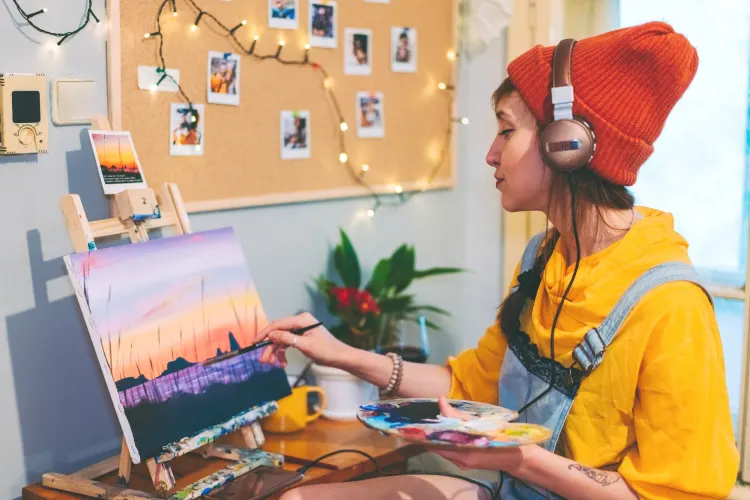Artistic hobbies often pursued for personal fulfillment and creative expression, can benefit significantly from a bit of financial curiosity. Asking the right financial questions can not only sustain your artistic endeavors but also potentially turn a hobby into a profitable venture. Understanding the financial aspect of your artistic hobbies can lead to more informed decisions about investments in materials, time management, and even monetizing your art. This article explores how financial knowledge can positively influence your artistic pursuits.
1. Budgeting for Art Supplies and Equipment
One of the first steps in combining finance with art is learning to budget effectively for your supplies and equipment. Artistic hobbies can range from painting and sculpting to digital art and photography, each requiring specific materials and tools. You can make the most of your resources by understanding your financial constraints and learning to budget. This might involve researching the best deals on art supplies, investing in high-quality materials that last longer, or even learning to repurpose or recycle materials. Effective budgeting ensures that your artistic endeavors are not hindered by financial limitations but enhanced by smart spending.
2. Valuing Time and Skills
Learning to value your time and skills is an important financial aspect of pursuing an artistic hobby. This is particularly relevant if you plan to sell your artwork or offer your artistic skills as a service. Understanding the market value of similar artworks and services can help you price your work appropriately. It also involves recognizing the time and effort you put into your art, ensuring that you are compensated fairly if and when you decide to monetize it. This financial insight encourages artists to view their work as a hobby and a valuable skill set.
3. Exploring Ways to Monetize Art
Financial curiosity can lead to exploring various avenues to monetize your art. This could include selling original works, prints, or digital copies, offering commissioned pieces, or teaching art classes. Understanding the different ways to generate income from your art requires some financial knowledge, including marketing strategies, pricing techniques, and understanding your target audience. This exploration can turn a passion into a profitable endeavor, allowing you to invest more into your art and possibly even turn it into a full-time career.
4. Investing in Personal Development and Growth
SoFi states, “Your financial values drive your decisions, whether you’re aware of them or not.”
Investing in your artistic development is another area where financial knowledge is beneficial. This might mean taking courses to improve your skills, attending workshops, or purchasing better equipment. Understanding how to allocate funds for these investments can significantly impact the quality and scope of your art. Additionally, being financially savvy helps decide when and how much to invest in personal growth, ensuring that these investments are both affordable and beneficial in the long run.
5. Balancing Artistic Passion with Financial Practicality
Finally, financial curiosity helps balance your artistic passion and financial practicality. This balance is crucial for sustaining your hobby without causing financial strain. It involves making informed decisions about how much time and money to devote to your art, considering the return on investment, and understanding when to take financial risks. This balance ensures that your artistic pursuits are personally fulfilling and financially sustainable.
Financial curiosity can greatly enhance your artistic hobbies. Financial knowledge plays a key role, from budgeting for supplies to valuing your skills, exploring monetization options, investing in personal growth, and finding a balance between passion and practicality. By integrating financial insight into your artistic endeavors, you can ensure that your hobby remains a sustainable and potentially profitable part of your life.

